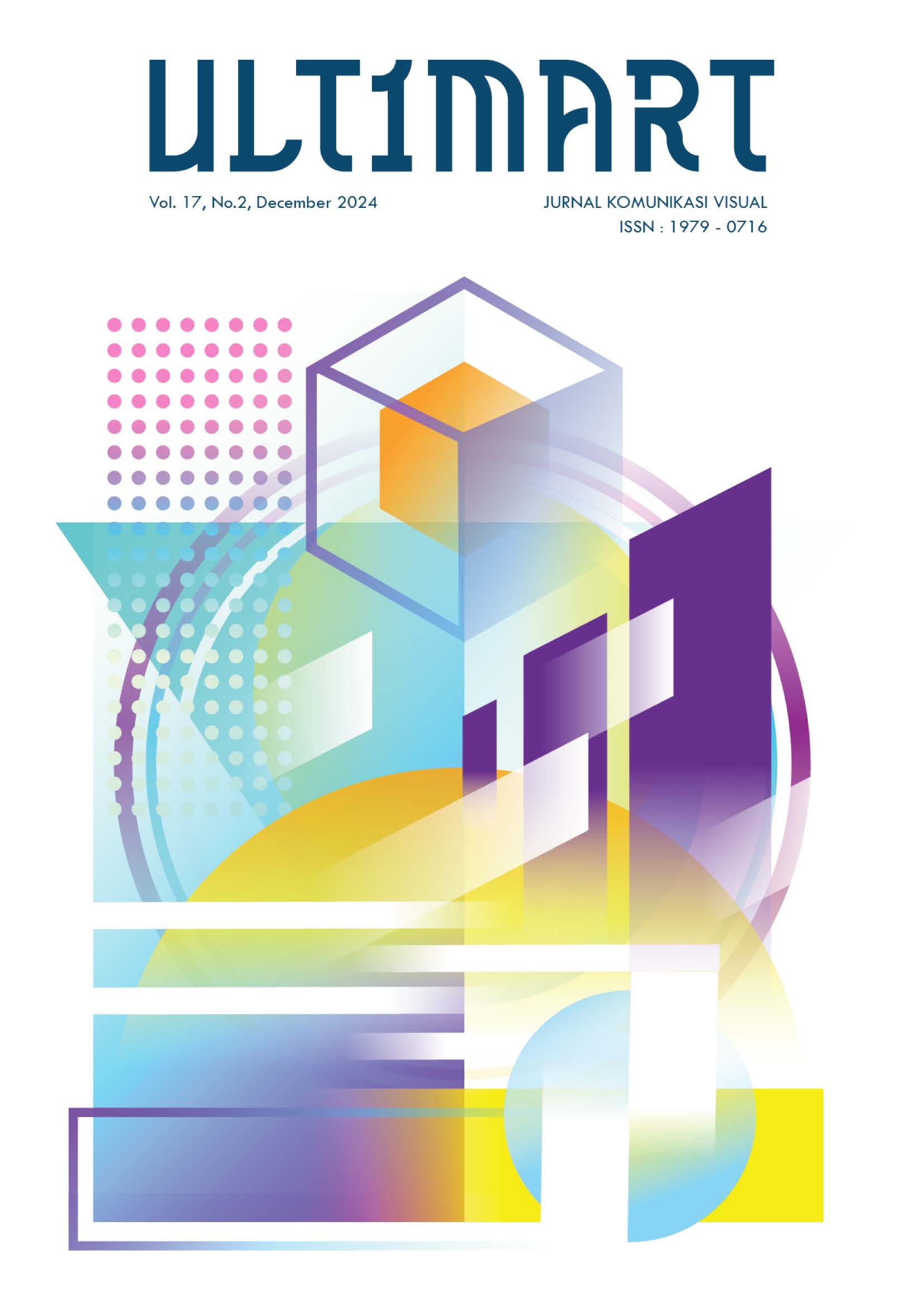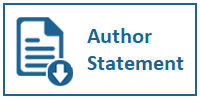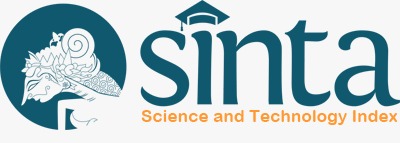Creating Women Characters in Horror Films using AI: Avoiding Male Gaze Characters Template
DOI:
https://doi.org/10.31937/ultimart.v17i2.3833Abstract
In screenwriting, one of the most essential elements is character. Characters are usually shaped by three critical factors: physical appearance, psychology, and sociology. In horror films, female characters are often used as protagonists, but in the history of horror films, female characters are trapped by the male gaze. The male gaze functions as a mechanism to dehumanize and commodify women, viewing them solely through the lens of heterosexual male desire. Laura Mulvey, in her seminal 1975 essay "Visual Pleasure and Narrative Cinema," posits that films serve to strengthen patriarchal structures by portraying women as mere objects for both the male protagonist inside the film and the audience consuming the film. The use of AI in screenwriting continues to grow, although it is still a matter of debate. As we know, AI works by gathering and generalizing information from pre-existing data. This becomes a problem when we want to create female characters that are not considered male-gaze. Of course, not all horror films that have been made use the male gaze, but we must understand how horror films develop occasionally. This paper examines the relationship between artificial intelligence and creating female characters in scriptwriting, especially horror films. A conceptual paper is a paper without data, as it is focused on "integration and proposing new relationships among constructs”.This paper also aims to find the next step for us to create women characters with AI.
Keywords: AI; scriptwriting; character; male gaze; horror
Downloads
Downloads
Published
How to Cite
Issue
Section
License
Authors retain copyright and grant the journal right of first publication with the work simultaneously licensed under a Creative Commons Attribution-ShareAlike International License (CC-BY-SA 4.0) that allows others to share the work with an acknowledgement of the work's authorship and initial publication in this journal.
Authors are able to enter into separate, additional contractual arrangements for the non-exclusive distribution of the journal's published version of the work (e.g., post it to an institutional repository or publish it in a book), with an acknowledgement of its initial publication in this journal.
Copyright without Restrictions
The journal permits the author(s) to hold the copyright without restrictions and will hold distributing rights without limitations.
The submitted papers are assumed to contain no proprietary material unprotected by patent or patent application; responsibility for technical content and for protection of proprietary material rests solely with the author(s) and their organizations and is not the responsibility of the Ultimart: Jurnal Komunikasi Visual or its Editorial Staff. The main (first/corresponding) author is responsible for ensuring that the article has been seen and approved by all the other authors. It is the responsibility of the author to obtain all necessary copyright release permissions for the use of any copyrighted materials in the manuscript prior to the submission.















